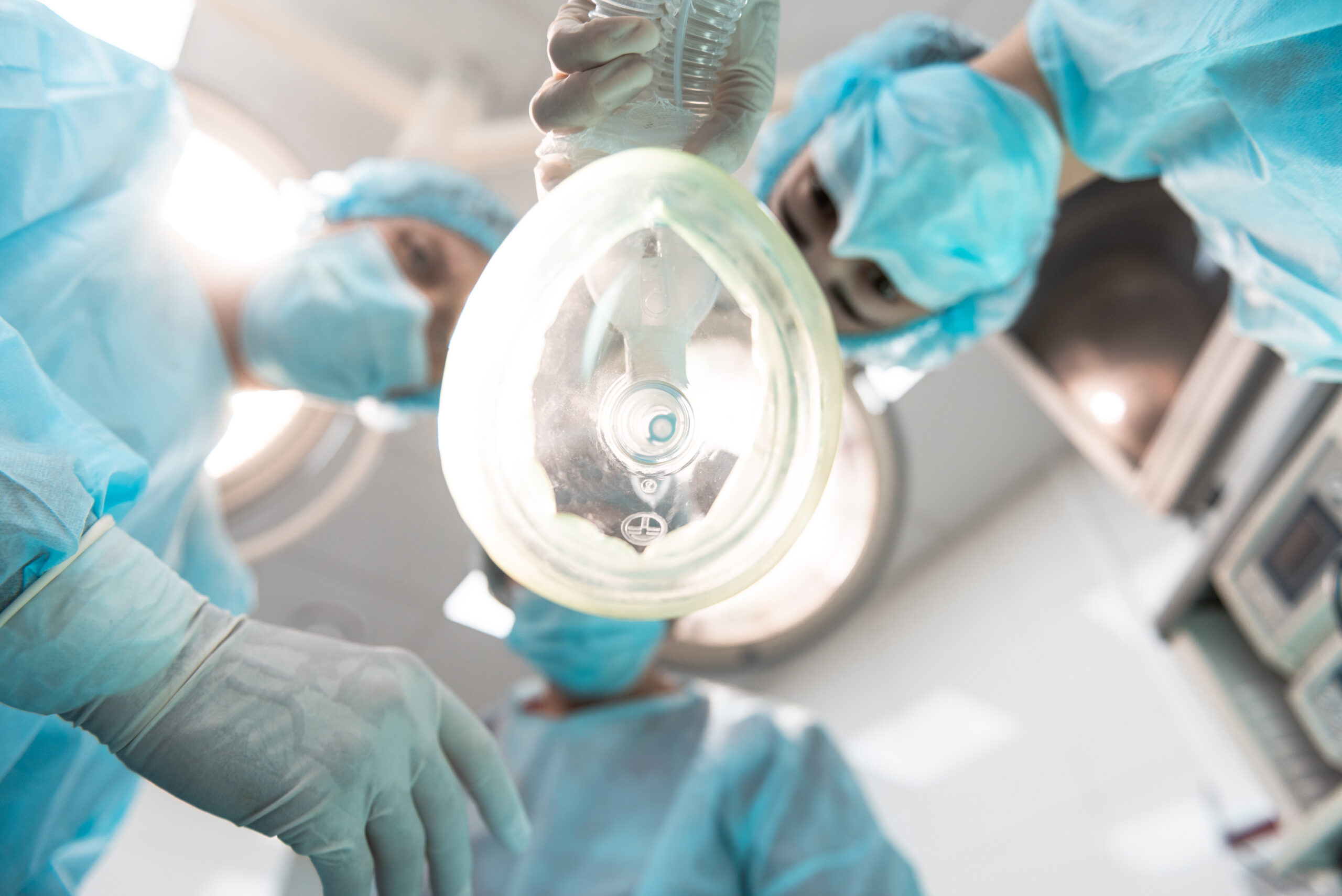In the general population, hypothermia is a potentially deadly condition that often requires medical intervention. But during surgical procedures, hypothermia is a real patient safety concern. Both localized and general anesthesia can cause dramatic core temperature swings, increasing the likelihood of infection and endangering patients.

What is hypothermia?
Hypothermia occurs when the core body temperature falls below 96.8℉, at which point you would normally make both physiological and behavioral changes to warm up. This includes putting on warm layers of clothing, vasoconstriction to slow blood flow, and shivering to mechanically create heat. If you cannot increase your core body temperature, hypothermia will cause exhaustion, slurred speech, weakened blood pressure, and, in extreme cases, loss of motor function and death.
The Inter-Threshold Range
The inter-threshold range refers to the very tight range of temperatures that are normothermic, meaning conducive to healthy body function. Any temperature change outside of this range will result in homeostatic efforts, like vascular changes, sweating, and shivering. Under normal circumstances, this inter-threshold range only allows for core body temperatures between 98.1℉ and 98.8°F. However, anesthesia significantly impairs the body’s response to extreme core temperatures, effectively widening this range to allow for temperatures to range from 92.3℉ to 98.9℉.
Perioperative Hypothermia
While a patient would never drop into the most serious phase of hypothermia, even a slight decrease in core body temperature can have negative effects on their surgery. In cases of anesthetized patients, their natural attempts to try to increase their body temperature will not activate on time and can actually worsen their outlook, making hypothermia more dangerous.
Due to the widened inter-threshold range under anesthesia, patients’ bodies may not start to respond until they drop below 93.2℉. However, once they do start to respond, they can still experience adverse effects. Shivering during their procedure can lead to greater pain during their recovery from the procedure.
The recovery time for patients can also be lengthened by perioperative hypothermia. Hypothermic patients lose collagen, which is key to the wound healing process. It also increases the risk of a surgical site infection due to decreased oxygen flow to the tissue. Without the pathogen-killing oxygen tension, bacteria have a chance to thrive and cause an infection that can land a patient back in the hospital.
In rarer cases, perioperative hypothermia can cause cardiac events. As the blood vessels constrict, the increased blood pressure puts more work on the myocardium and could result in a heart attack.
Perioperative Hypothermia Prevention
Every precaution should be taken to prevent perioperative hypothermia and its potential side effects. In an update to their previous guidance, AORN recommends that all patients should receive hypothermia prevention of some sort, regardless of risk status. In fact, the most successful patient outcomes occur when surgical teams employ the Thermal Care Bundle: assess risk, record temperature, actively warm.
Before each procedure, patients should be assessed for risks of hypothermia, and the surgical team should make a plan for hypothermia intervention. The team should consider pre-warming, active warming, passive warming, or a combination of all three. In cases of passive warming, no heat is applied to the patient but heat retention methods are employed, like the use of cotton or reflective blankets. When active warming is necessary, heat is directly applied to the body using forced air or a conducive heat mat. Even if the team can’t move forward with their first choice for intervention, any form of warming is better than nothing.
Regulating Patients’ Body Temperatures
Getting a head start on warming is also key to regulating patients’ body temperatures. When hypothermia begins to set in, it’s often difficult to raise patients’ temperatures fast enough to avoid the side effects. Rather than waiting until their temperature begins to drop, the perioperative team should set up their warming interventions as soon as possible. From there, patients’ temperatures should be taken regularly, recorded, and responded to accordingly.
Regulating body temperature doesn’t end with the procedure. Reduced core temperature can have an effect on patients’ recovery process and should remain a priority. In their postoperative care, patients should still be monitored for hypothermia and warmed until they reach normothermia.
Perioperative hypothermia is a serious patient safety concern that requires collaboration from the entire surgical team to overcome. While GloShield aims to prevent surgical fires, we advocate for patient safety in all aspects of the surgical suite and encourage surgeons, nurses, and surgical technologists to join us in the constant pursuit of zero harm.
